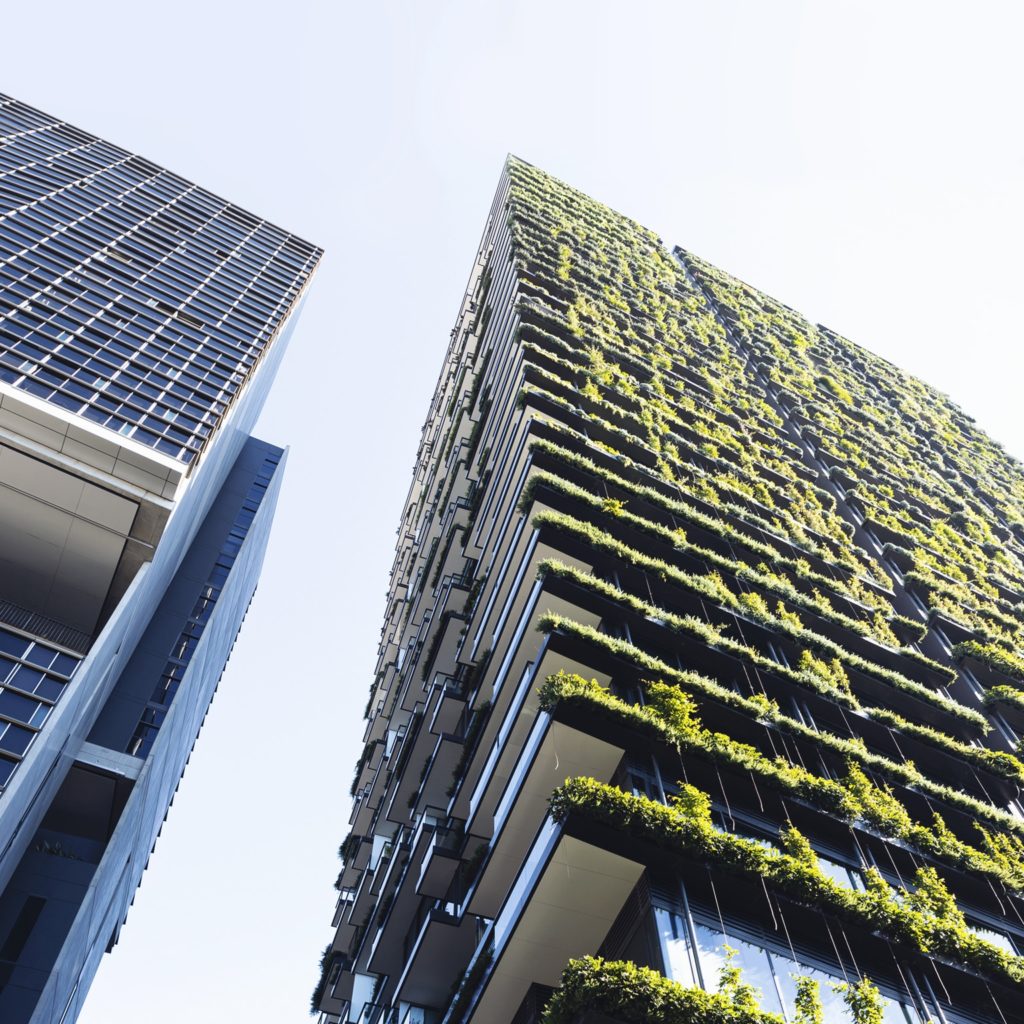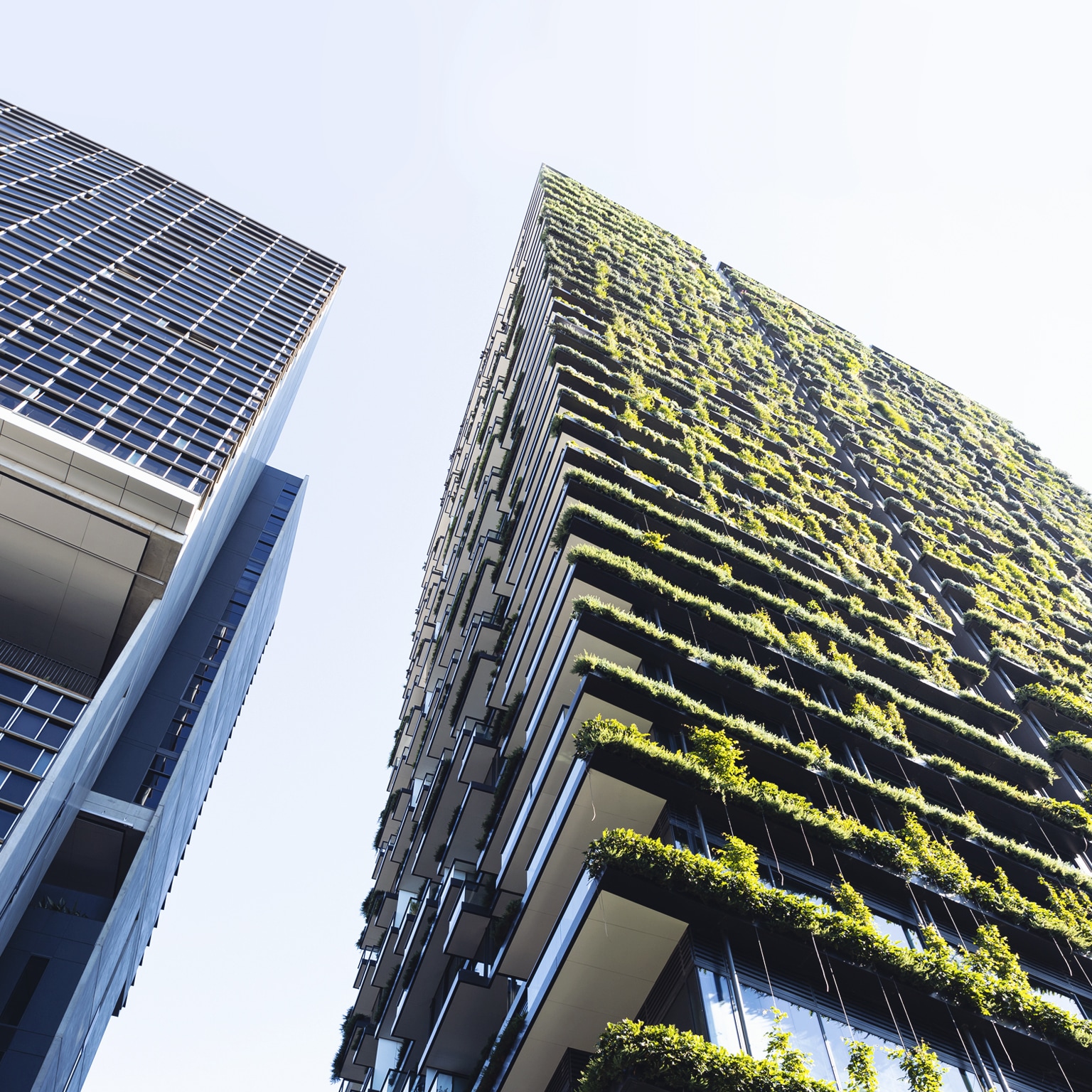
How can the cement and construction industry achieve net zero by 2050? Here are the key takeaways from a roundtable discussion McKinsey hosted at the COP26 Climate Change Conference.
The built environment —that is, the cement and construction value chain—accounts for approximately 25 percent of global CO 2 emissions. Reaching net zero by 2050 1 will require the buildings and construction industry to decarbonize three times faster over the next 30 years versus the previous 30. Companies from across the ecosystem have committed to decarbonization, but no one player can achieve this goal alone. At the COP26 Climate Change Conference, in Glasgow, Scotland, McKinsey hosted an interactive session that brought together global property owners, contractors, materials suppliers, investors, equipment manufacturers, and disruptors to define the path forward, with a focus on the following questions:
- What actions can the industry take now?
- How can stakeholders across the value chain collaborate to succeed?
Four key themes emerged from this roundtable.
- The challenge is huge, but concentrated. Materials processing and building operations together account for some 97 percent of building and infrastructure emissions. 2 New buildings incorporating alternative materials, decarbonized cement and steel, and reduced embodied carbon are needed to meet net-zero targets. Existing stock will require renewable-energy sources, efficient building operations, and measuring performance, supported by more convenient end-to-end retrofit solutions.
- Businesses that move quickly and work together will solve the challenge—and create value. COP26 made clear that achieving net-zero emissions has become not only an […]
